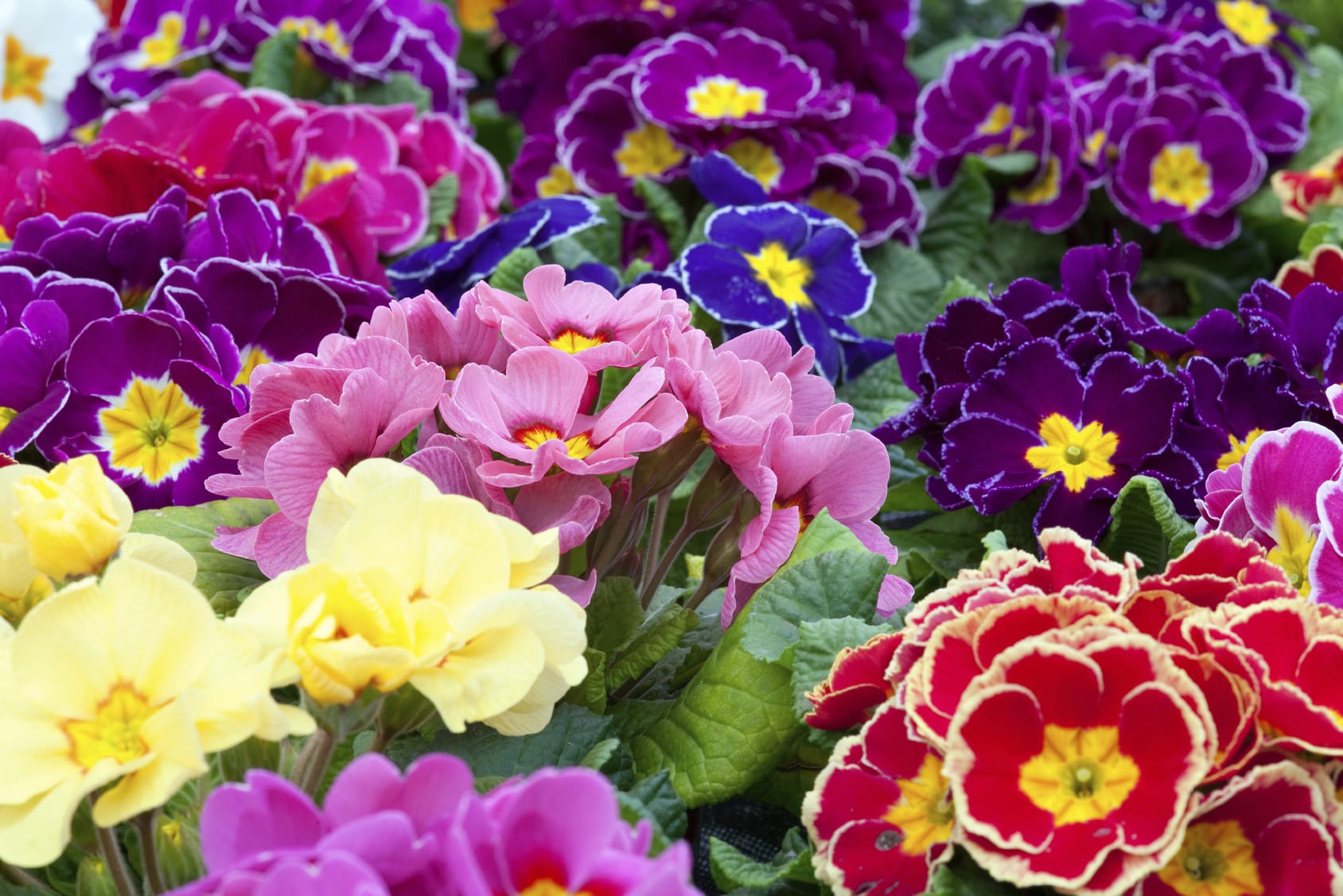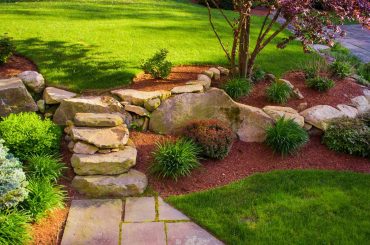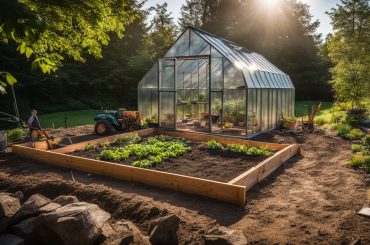Table of Contents
Many British wildflowers have a subtle appeal that belies how trouble-free they are for the most part. To use native British flowers that are beautiful to look at and perfectly suited to our temperature and growth circumstances to create floral displays that would have been familiar to our ancestors many years ago.
Numerous species of our native flora are becoming extinct as a result of habitat destruction and the overuse of pesticides in agriculture. Although cultivating wild plants in our gardens doesn’t aid in their preservation in the wild, it does help bring them back into our cultural consciousness and raise awareness of their plight, which may encourage us to visit them there.
25 native flowers of the beautiful British nation are highlighted here, along with all the details you’ll need to get them thriving in your gardens.
1. Lily Of Valley
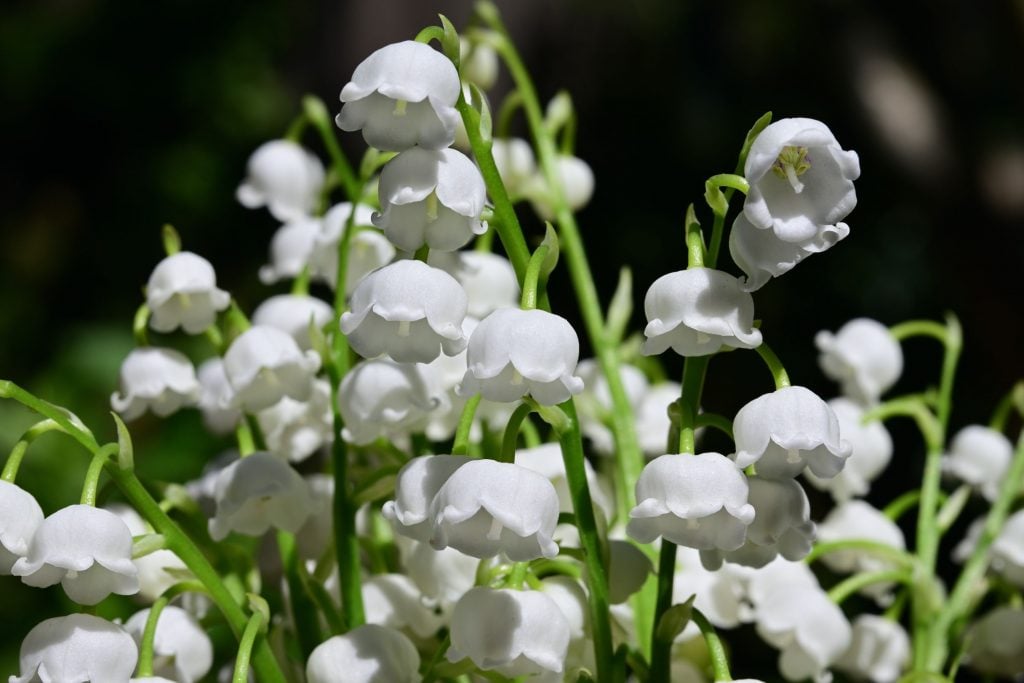
This vigorous perennial spreads quickly to create a fragrant carpet of nodding, bell-shaped blooms in the spring and makes a superb ground cover in gardens. The Lily of the Valley is frequently used in spring bridal bouquets and looks stunning against rich green foliage.
It is indigenous to Asia and Europe in the chilly, temperate Northern Hemisphere. It is extremely dangerous if swallowed by humans or other animals due to the concentration of cardiac glycosides (cardenolides).
2. Field Poppy
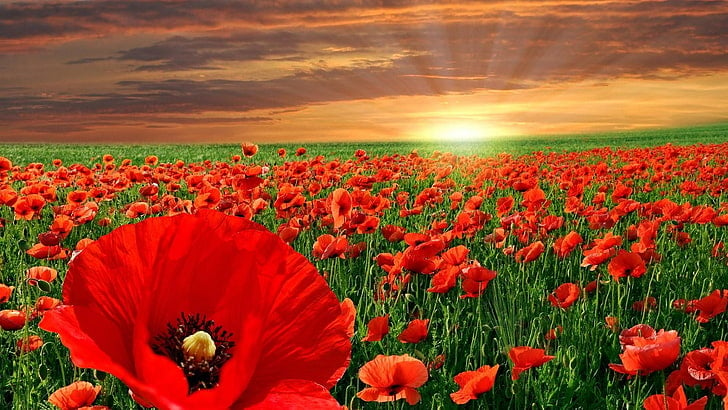
An annual plant known as Papaver Rhoeas can be found worldwide. Common names for the plant include common poppy, corn poppy, corn rose, and field poppy. Extracts from the plant are also widely used for making medicines to treat various illnesses. In addition, they produce seeds, particularly in South Asia, which are a common flavour component in many cuisines. The height of Field Poppy, a little shrub, is only a few inches. The plant’s stunning blossoms are what draw most people in. These blossoms grow at the ends of branches. They have a vibrant red colour, a black centre, and many big petals. The blooms can lose their shape when shaken since they are so delicate.
3. Forget- Me- Nots
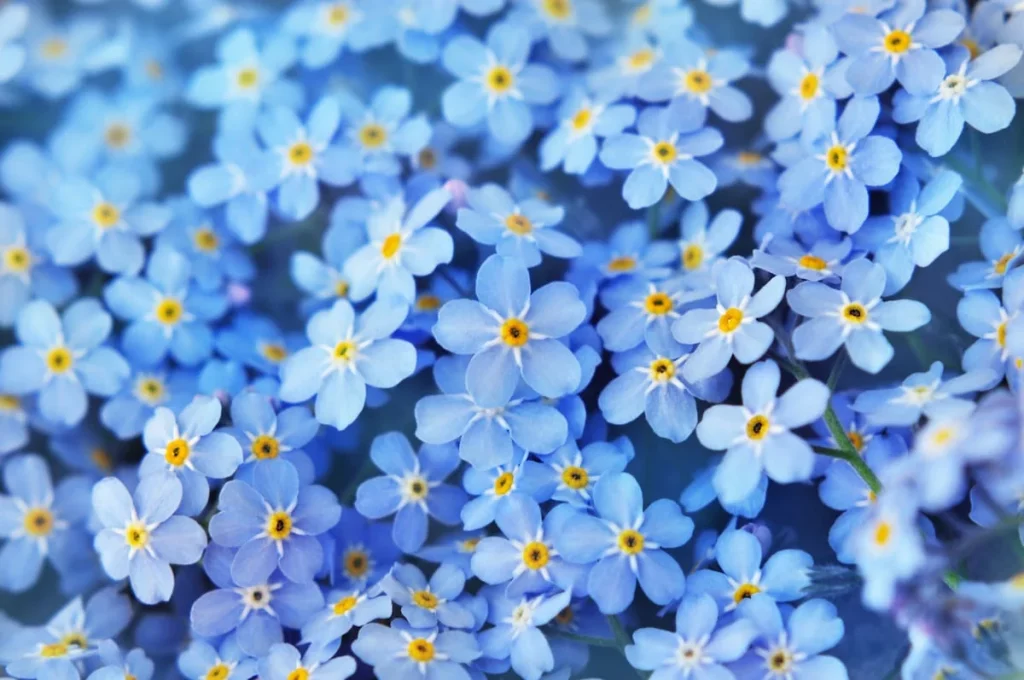
Forget-me-Nots simple-to-grow beautiful ornamental flowers are utilized in woodland gardening and landscaping. These delicate tiny blooms belong to the Boraginaceae family’s Myosotis genus. Even though there are differences within the species, the majority of the flowers have five petals and a diameter of around half an inch at the stem’s end. Despite being primarily known for their blue flowers, some cultivars can produce pink, white, or a combination of the three.
The majority of plants deemed suitable for gardens are found in cold temperate woodland, mostly in deciduous forests but occasionally in evergreen ones made up of spruce, pine, or fir.
4. Elder Flowers
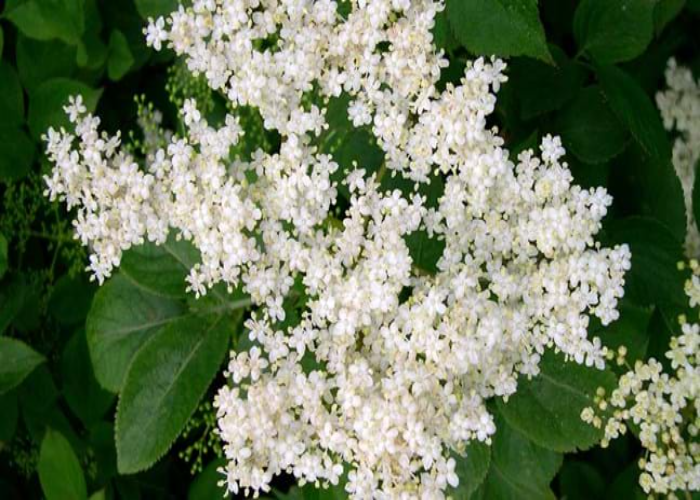
Elder is a favourite among foragers, and the aroma of its blooms is that of summer. It was once thought to be one of the trees with the greatest magical power. Adoxaceae is a family of flowering plants that includes the genus Sambucus. The various species are commonly referred to as elder, elderflower, or elderberry. Although elderberries can be grown as trees, they typically develop as shrubs. Elderberries grow more compactly when formed into trees, making them perfect for containers and small gardens. Farmers actually grow elders in commercial orchards in this manner. Comparing elderberry plants to other fruit species you will raise, organic elderberry plant growth is remarkably simple.
5. Wild Cherry
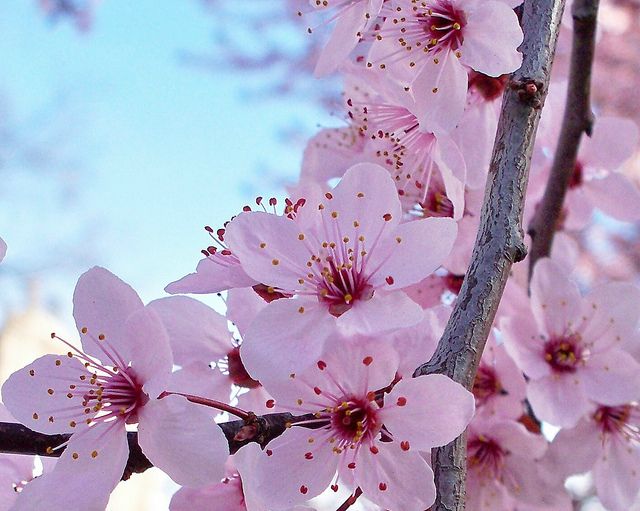
A native of the UK, the wild cherry tree (Prunus avium) is a deciduous blooming and fruiting tree sometimes known as a “gean”. The wild cherry tree is a big, rounded tree covered with pure white blooms that are borne in pendulous clusters in the springtime. Autumn brings small red cherry fruits, which are edible but occasionally have a mildly bitter flavour.
6. Ox-Eye Daisy
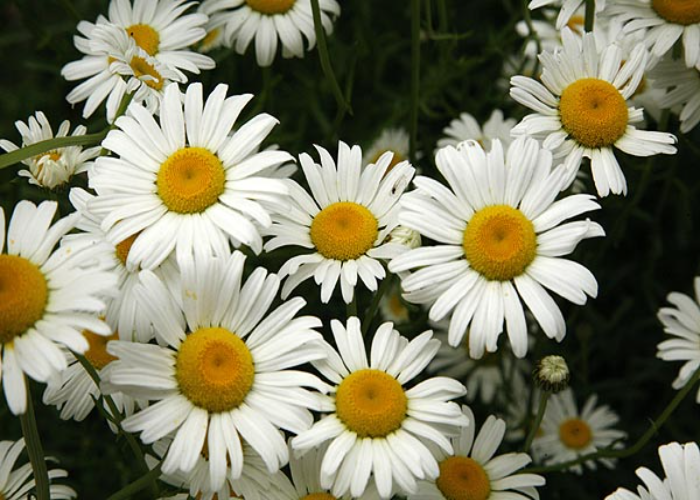
A delightful plant with bright daisy flowers that can form huge swaths if allowed to grow undisturbed. Perennial hardy to Zone 3 but will grow as far south as Zone 9. This herbaceous plant is native to Europe but has spread throughout North America. Ox-eye daisies are common wildflowers that grow on roadsides and fields. These daisy flowers may quickly take over your yard as they are very simple to grow and maintain. These wildflowers have a spring and early summer growing season.
7. Chicory
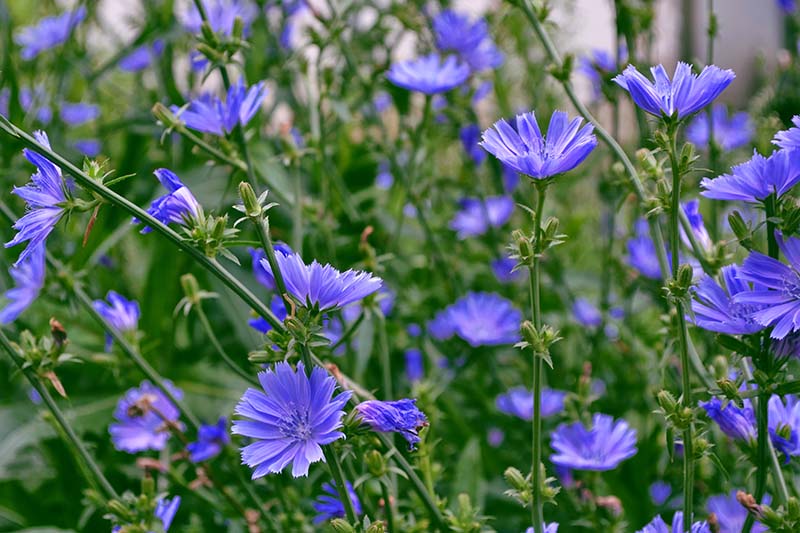
Chicory (Cichorium intybus) is grown as an ornamental because of its lovely blue flowers, which attract pollinators like bees. It has dandelion-like leaves that are edible but quite bitter. Traditionally, the roots have been utilized to manufacture a coffee alternative. Chicory originated in Europe and spread with European explorers and colonists to almost every continent. Although chicory grows quickly and requires little care, it needs to be well-watered during the summer.
8. Black-Eyed Susans
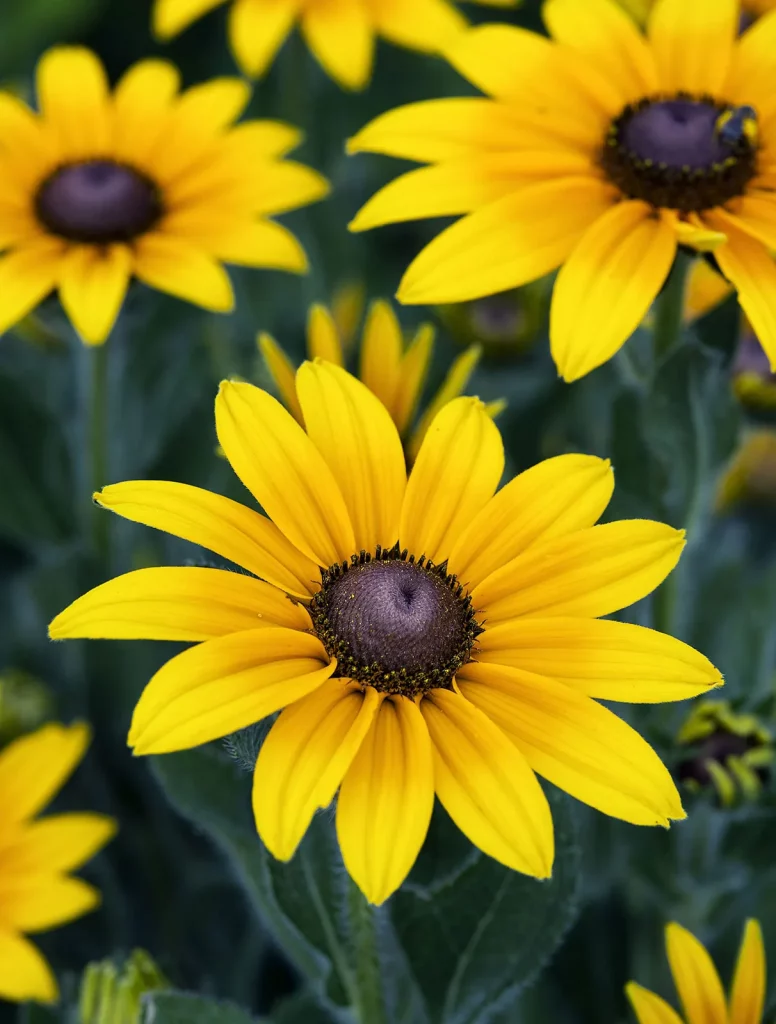
Black-Eyed Susan is one lovely and useful plant with many horticultural and landscaping applications. Native to the Midwest, black-eyed Susan is a perennial plant with lots of flowers. The dark brown centre of black-eyed Susans’ daisy-like flower heads is known as its “black eye”. The cheery flowers in lemon-yellow, orange, and gold bloom for weeks with little upkeep. Both annual and perennial variants of black-eyed Susan are available.
9. Thrift
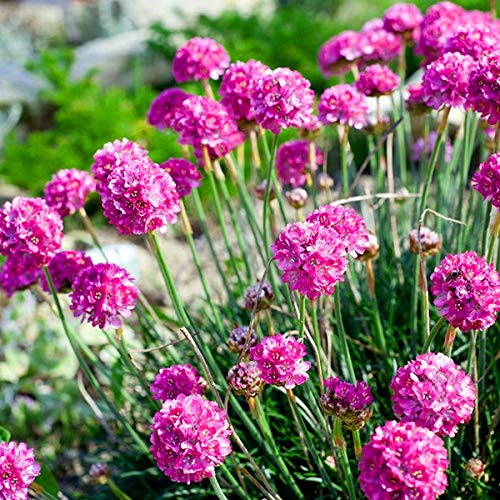
Thrift is a great choice for adding a splash of pink to your yard in the middle of spring. The herbaceous, perennial Sea Thrift thrives in plant hardiness zones 4 to 8. In late spring or early summer, it produces globe-shaped clusters of variously coloured blooms, including white, pink, red, and lavender.
According to The Guardian’s Plant of the Week series, sea pinks, as they are known in the UK, adore the seaside, which is why both of the plant’s common names have references to the ocean. They do nicely when planted among rocks and need adequate drainage. However, it will also function in areas with a lot of sunlight and poor soil or gravel.
10. Bell Flower
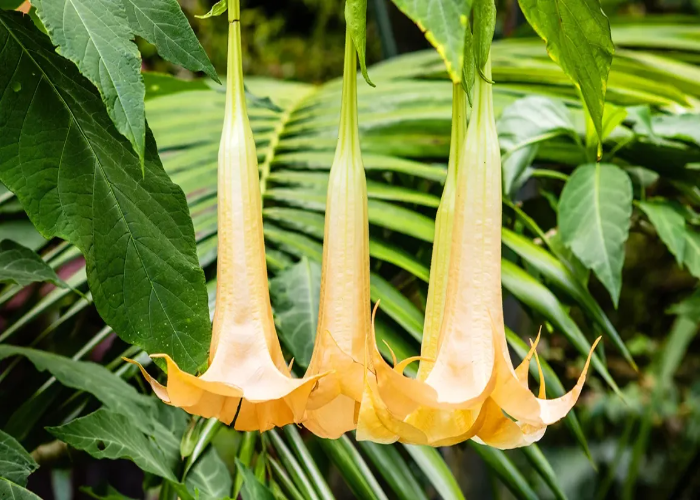
Bellflowers are a classic cottage garden plant filling in among other colourful perennials providing a fairy-like appearance with their nodding blooms. The blossoms remain in the garden for weeks and add colour all through the middle of summer. The perennial flowers in this varied collection range from creepers to tall garden flowers. Their bell- or saucer-shaped flowers are the only feature they all share.
Bellflowers are a diversified, simple-to-grow collection of plants that come in a wide range of sizes and kinds, making them ideal for a cottage garden. Bellflowers do best in full light.
11. Primrose
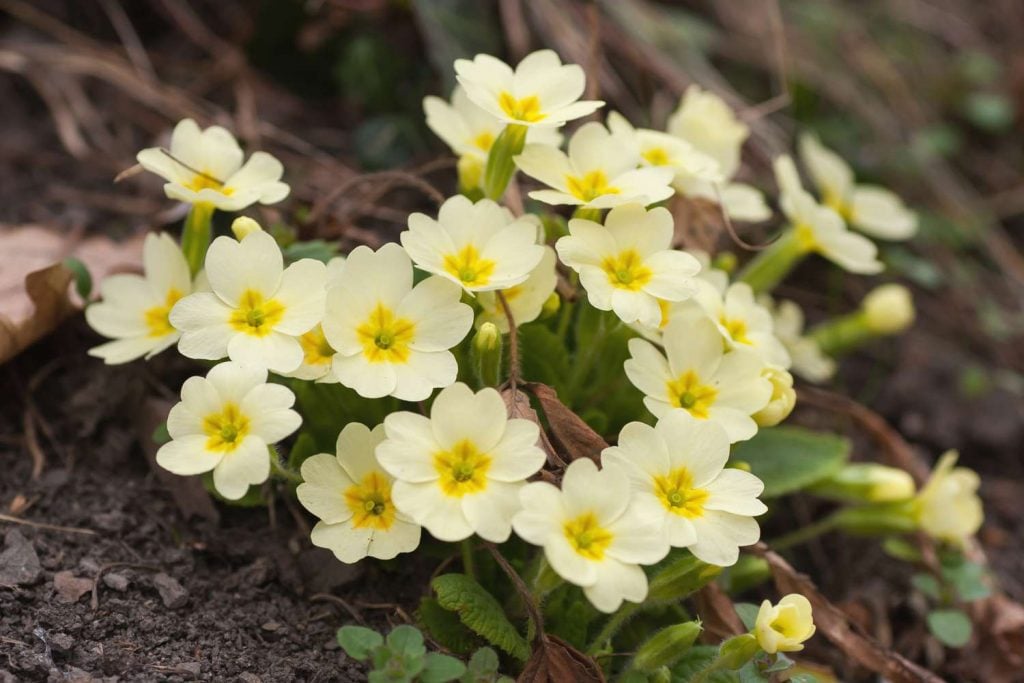
Primrose (Primula polyantha) blossoms appear in the early spring and come in a range of shapes, sizes, and hues. They can be utilized for naturalizing lawn patches as well as in garden beds, borders, and containers. Most primrose flowers seen in gardens are Polyanthus hybrids, which range in colour from white, cream, and yellow to orange, red, and pink. There are also purple and blue primrose.
In the spring, sow primroses. Planting seeds can be difficult, but if you spread them indoors throughout the winter and then plant them in the spring, you should succeed.
12. Pasque Flowers
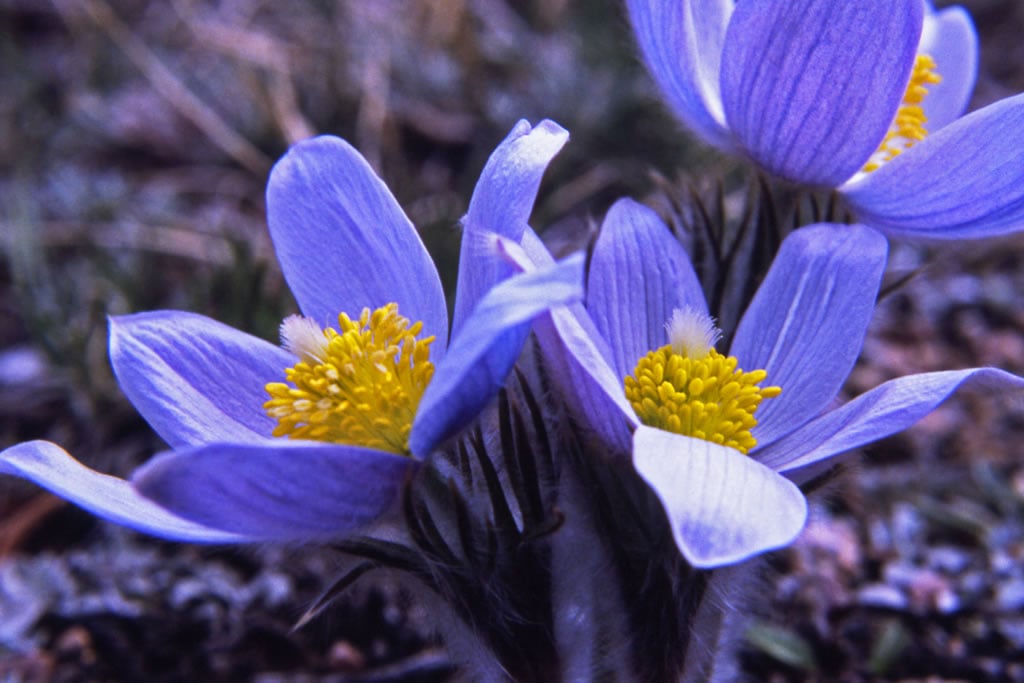
For their stunning early spring flowers, soft, fuzzy, grey-green foliage, and showy, silky seed heads that last for many months after the flowers have faded, Pasque is a favourite plant among gardeners. The Pasque flowers are a prominent family of perennial wildflowers that are found in most of Europe, Asia, and North America. For honeybees and native bees, Pasque blossoms are a priceless supply of early-season nectar, much like the bulbs.
13. Kingcup
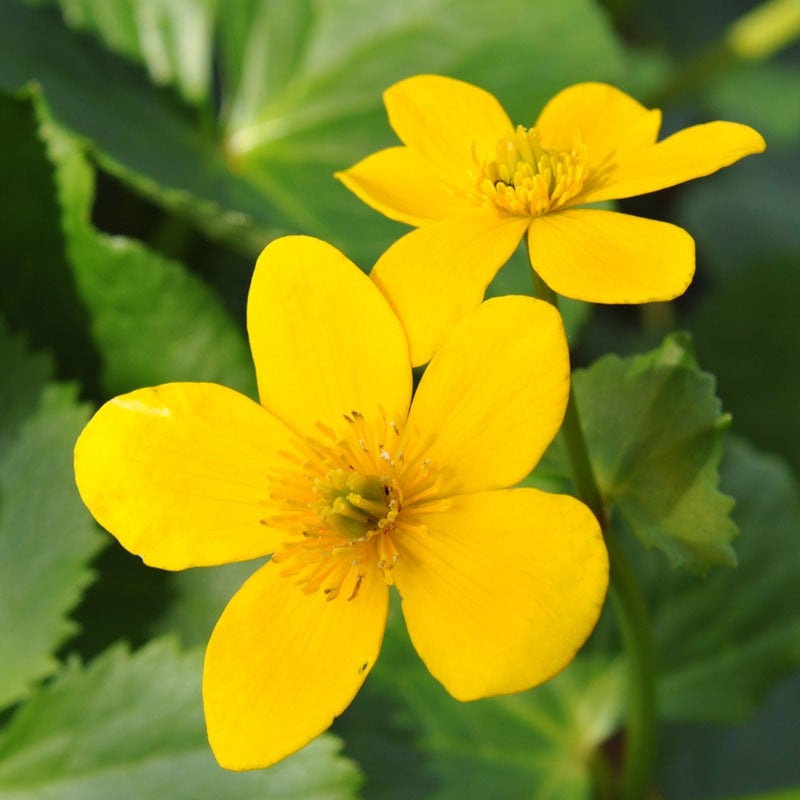
The kingcup Cactus is one of several hedgehog cacti varieties distinguished by their cup-shaped, orange-red to scarlet blooms. It is a day-flowering cactus; thus, while it is in bloom, each bloom can remain for two to three days and reopens every morning. As a halophilic plant, the kingcup cactus requires enough sunlight and very less water to grow and bloom.
14. Common Wayfaring Tree
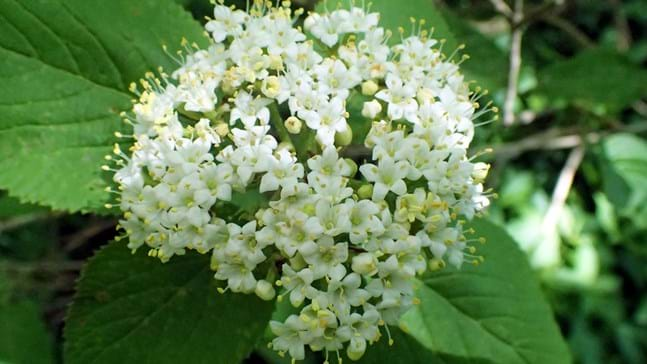
The common wayfaring tree (Viburnum lantana) is a shrub that can reach heights of 3–8 meters and a width of 3–8 meters. The wayfaring tree’s colourful berries make it suitable for use as an ornamental plant. The berries are poisonous and can cause vomiting or diarrhoea despite being stunning. They have a huge range of flowers, leaves, fruits, trunks, and stalks that they use to bring colour and interest throughout the seasons. Europe, northwest Africa, and southwest Asia are their original continents.
15. Honeysuckle
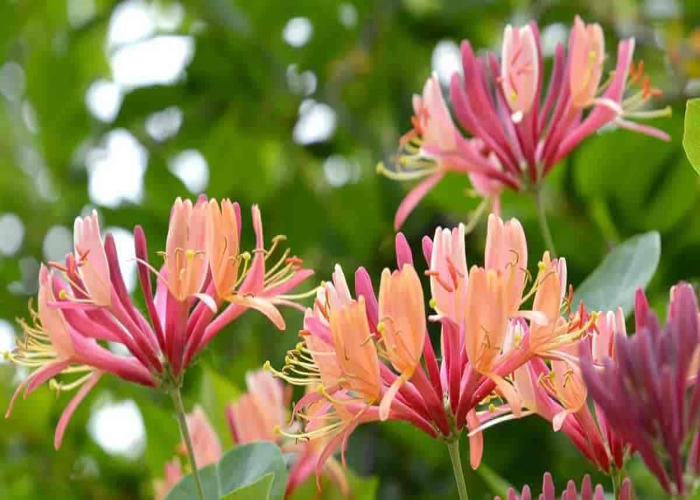
Everyone is familiar with a honeysuckle plant’s beautiful scent and the delightful flavour of its nectar. Honeysuckles can withstand the heat and are beautiful in any garden. Long, trumpet-shaped flowers with vivid red, yellow, and orange colours and, for the most part, yellow centres distinguish them. Some cultivars do, however, have flowers that are whitish or creamy. Honeysuckle is planted much like other perennial shrubs.
With its delicious yellow to bright red blossoms, a honeysuckle shrub is a wonderful addition to any landscape and will attract a variety of wildlife.
16. Lady Bedstraw
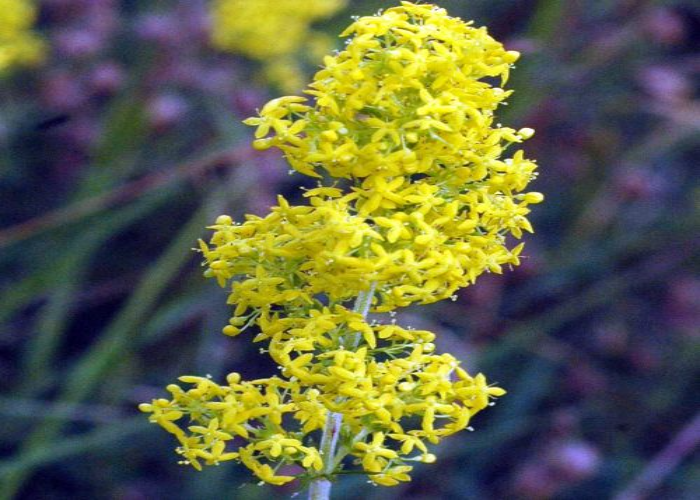
Galium verum, popularly known as yellow bedstraw, is a herbaceous perennial that grows in hardiness zones 4 to 8. The plants are indigenous to temperate Asia, North Africa, and Europe. Because European colonists brought the plants with them, they were able to spread to North America, New Zealand, and Tasmania. It was used medicinally as a diuretic and astringent to cure skin conditions.
17. Cornflowers
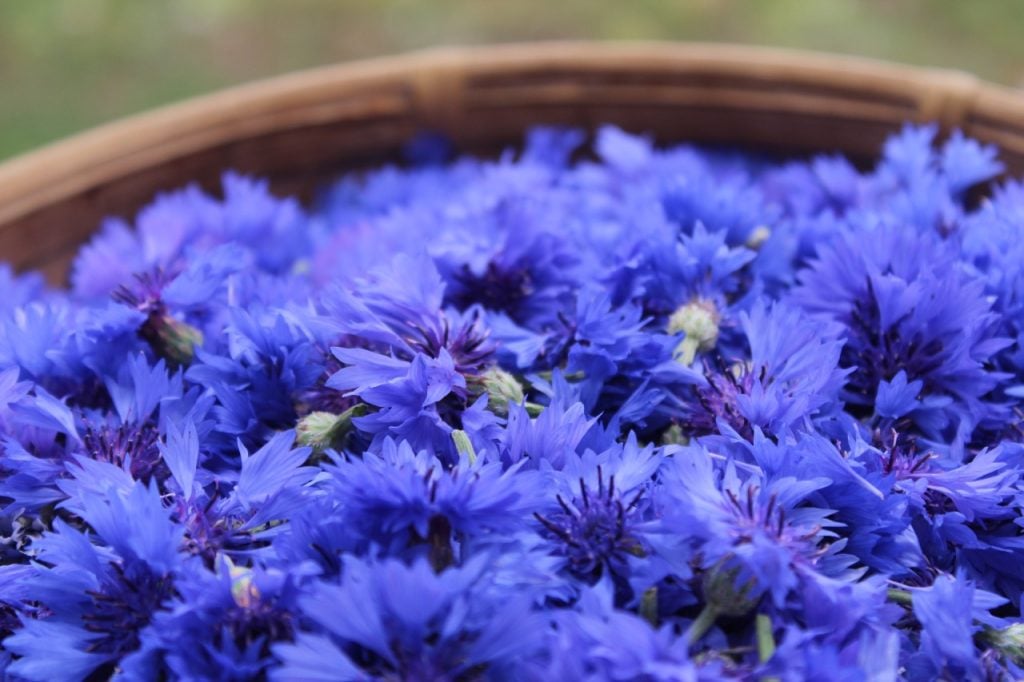
Cornflowers are extremely colourful, hardy annuals. They bloom from late spring and summer into autumn, making them perfect for beds and borders, especially when included in an annual bedding display or cottage garden. Although blue is the most popular colour, there are also white, red, pink, and purple varieties. Sunny locations are ideal for cornflower growth and flowering. Sow cornflowers from early to mid-spring for early summer bloom.
18. Dianthus
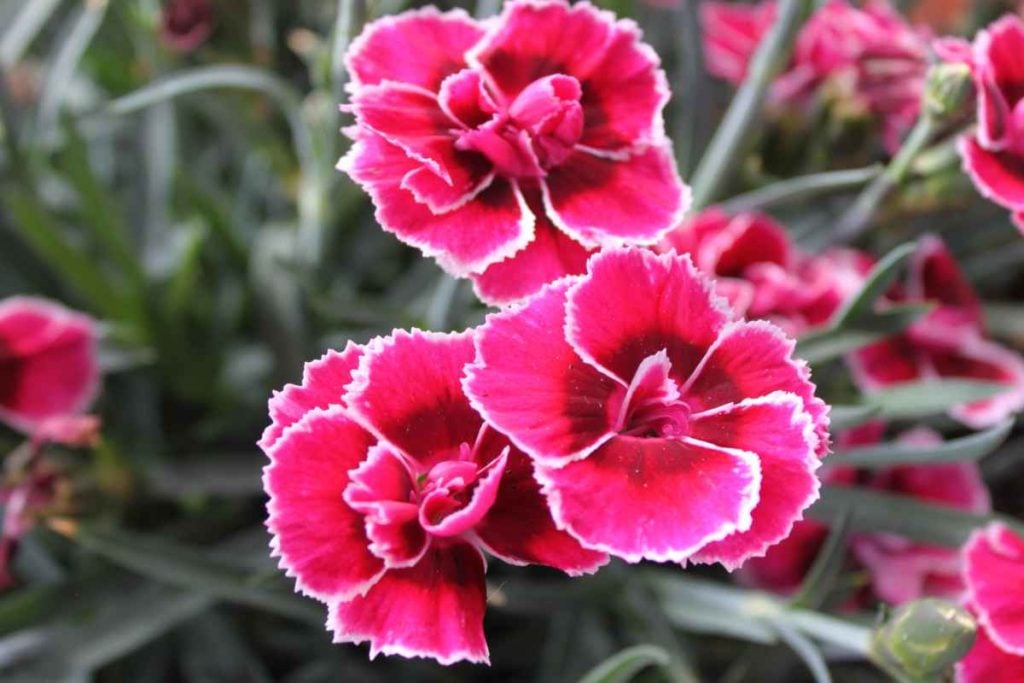
The flowers of the Dianthus genus are also referred to as “pinks.” They are a member of the same plant family as carnations and are distinguished by the pungent scent their blooms give off. Dianthus flowers typically have pink, salmon, red, and white colouring. Pinks are resilient and can survive both very cold and hot climates. Dianthus plants are typically utilized in borders or potted displays and are available as hardy annuals, biennials, or perennials.
19. Harebell
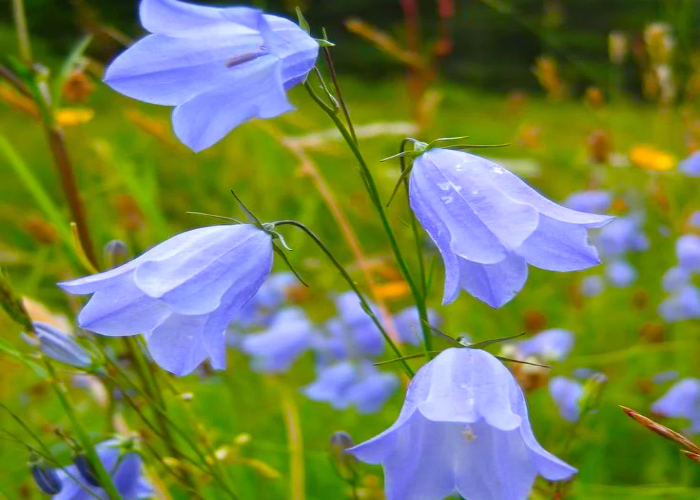
The gorgeous, delicate blossom on harebells may fit into any garden, even the tiniest space. They can be grown in a grassy bank or a rock garden. They can be raised in window boxes as well. The harebell bears nodding blue bell-like flowers. Their lovely bell-shaped flowers entice butterflies and hummingbirds as well. The harebell, in reality, is tougher than it appears and frequently flourishes despite unfavourable growing conditions.
20. Bird Foot Trefoil
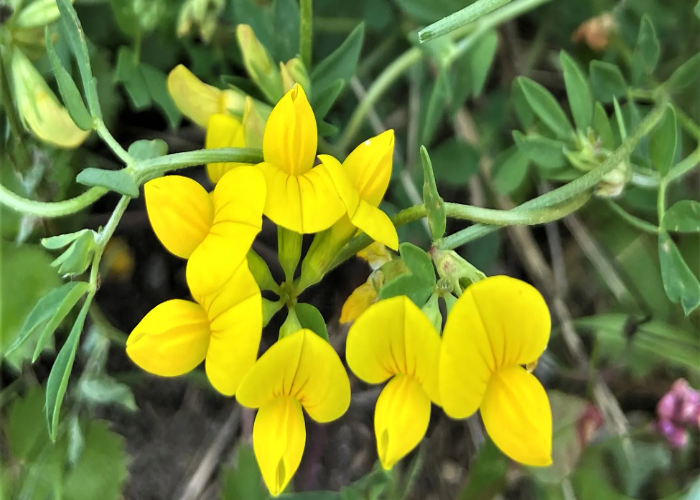
These long-lived perennials, native to sunny pastures and open rocky locations, are excellent choices for gravel gardens, meadows, and other naturalized planting schemes. Their vibrant yellow flowers mature to an orange colour and offer bees and butterflies a good source of nectar. Unfortunately, they spread swiftly and have the potential to become invasive once established, which is advantageous if you need to cover a big area quickly. The bird’s-foot trefoil is a perennial plant, so you may use it year-round for ground cover, pollinator attraction, or to give a splash of colour to your garden.
21. Wood Anemone
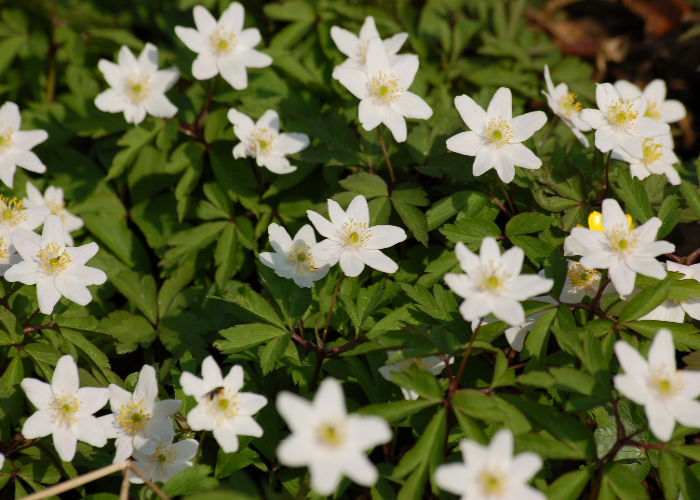
One of the first spring flowers to appear is the wood anemone, which comes out in broadleaf woodland to catch light from the leafless canopy. Flowers contain numerous white-tipped stamens encircling a green centre, with 4 to 9 sepals that resemble petals, generally 5. Typically, flowers are white, but occasionally they are pink. Surprisingly it is very adaptable in the garden. They can take sun or light shade and will grow in any direction.
22. Corn Marigold
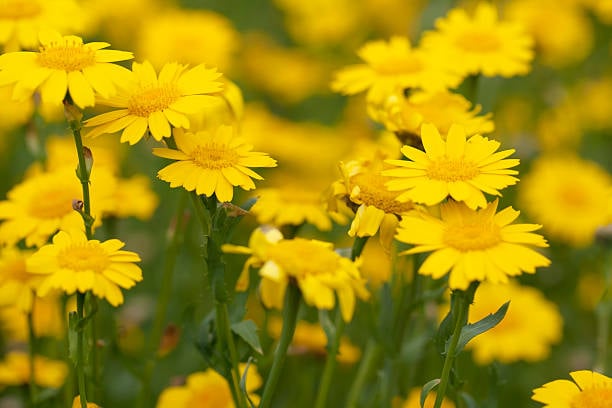
It is a particularly lovely garden plant with bushy foliage and numerous sizable golden flower heads. Annual corn marigolds are great for wildlife because they produce vivid golden blooms on tall stems for several months in the summer. It can be sown in the spring, or the autumn, but Corn Marigold prefers spring planting. Planting later in the summer in milder climates can potentially be a short-lived biennial that blooms the following year. Up to 5 cm across, solitary, daisy-like flowers are produced individually on fleshy green stems.
23. Foxgloves
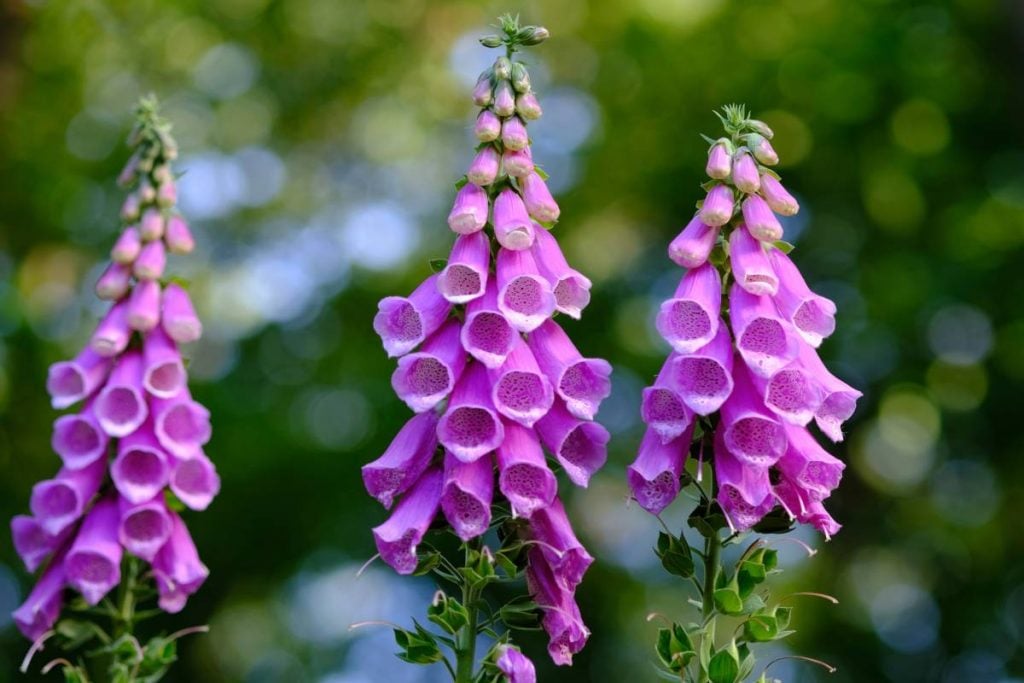
Hummingbirds and bumblebees adore the majestic foxglove with tall, graceful spikes covered in bell-shaped blooms. They have abundant early spring blooms, require little maintenance, are deer-resistant, and produce beautiful cut flowers. From late spring until summertime, the flower blooms before dying. Most places consider the common foxglove (Digitalis purpurea) a biennial or short-lived herbaceous perennial, while certain hybrids bloom immediately.
24. Pyramid Orchids
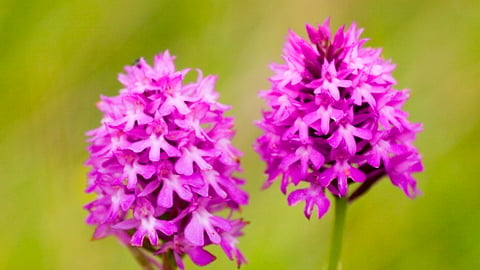
It is a stunning plant that blooms in the height of summer, although its colour can range from deep magenta to white (which is uncommon). It requires a fungus in the soil to blossom, just like many orchids do. In the UK’s more southern regions, where there are short, semi-natural chalk and limestone grasslands, the pyramidal orchid is naturally found. You should plant them out in autumn or early spring. In June, July, and August, the Pyramidal blooms. The entire plant goes dormant in the late summer for a little time before sprouting up in the autumn.
25. Musk Mallow
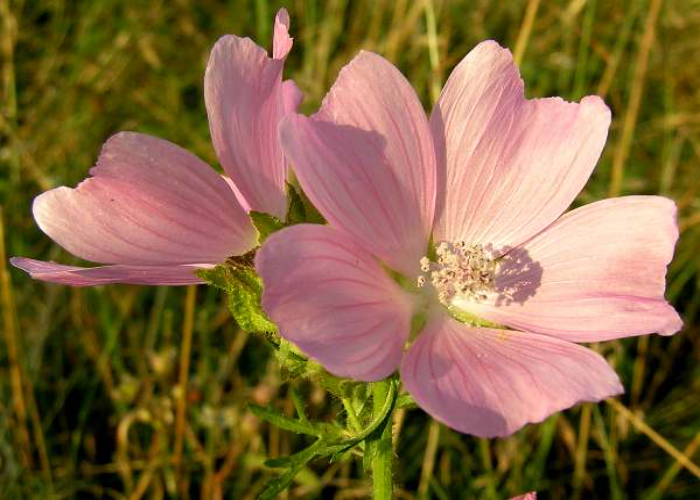
The Malva Moschata, sometimes known as the Musk Mallow, is one of the most beautiful wildflowers. The shrub is covered in rosy-pink, five-petaled blooms from early summer through autumn. It has long been cultivated as a garden plant. It develops into a bushy plant with big, clear, pink flowers. It makes a lot of flowers. The split, brilliant green leaves are also lovely when they are not in bloom.
Musk mallow, often referred to as Australian hollyhock or musk rose, is a vibrant, low-maintenance addition to the garden that draws swarms of bees and butterflies.
To Sum Up!
Finally, native flowers from Britain are a wonderful addition to any garden or outdoor area. British wildflowers are among the most dependable and beautiful plants you can grow.
All of them offer something for wildlife because they are native, whether it’s flowers for pollinators or leaves for caterpillars and other larvae. There are many flowers to pick from that may accommodate any taste and garden style, ranging from the vivid yellow of the Bird-Foot Trefoil to the delicate blue of the forget-me-not.
The flowers we’ve chosen are all favourites of bees and butterflies, so growing them can help your garden become more diversified. Benefit from their beauty while assisting in the preservation of our natural history.
Are you planning to grow beautiful British native flowers? Let us know in the comments!

